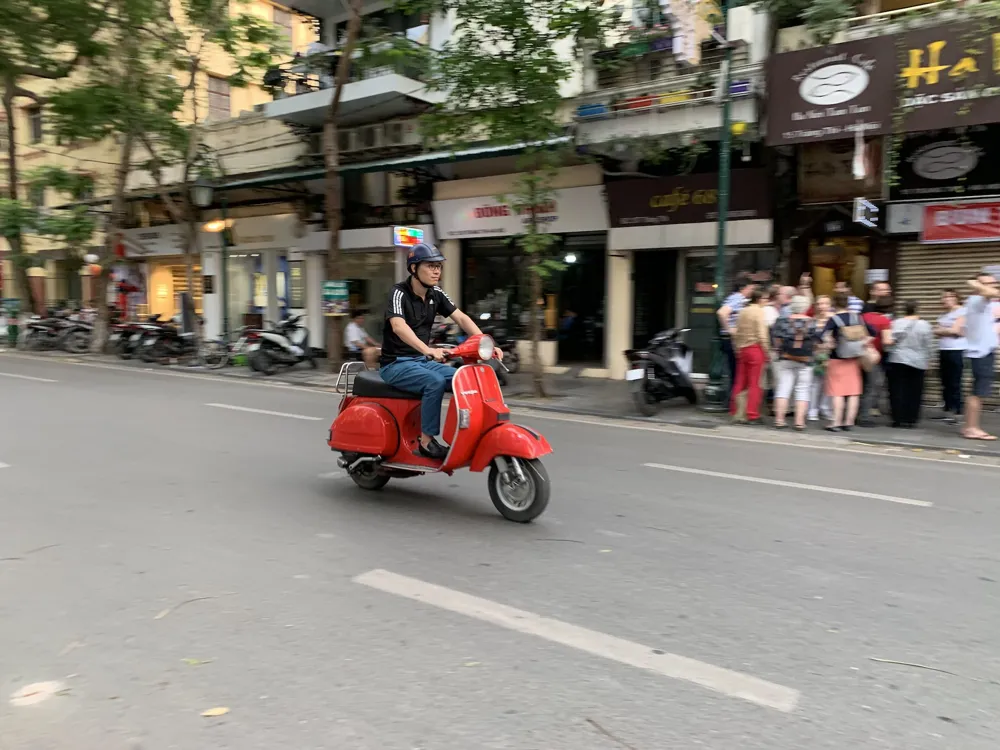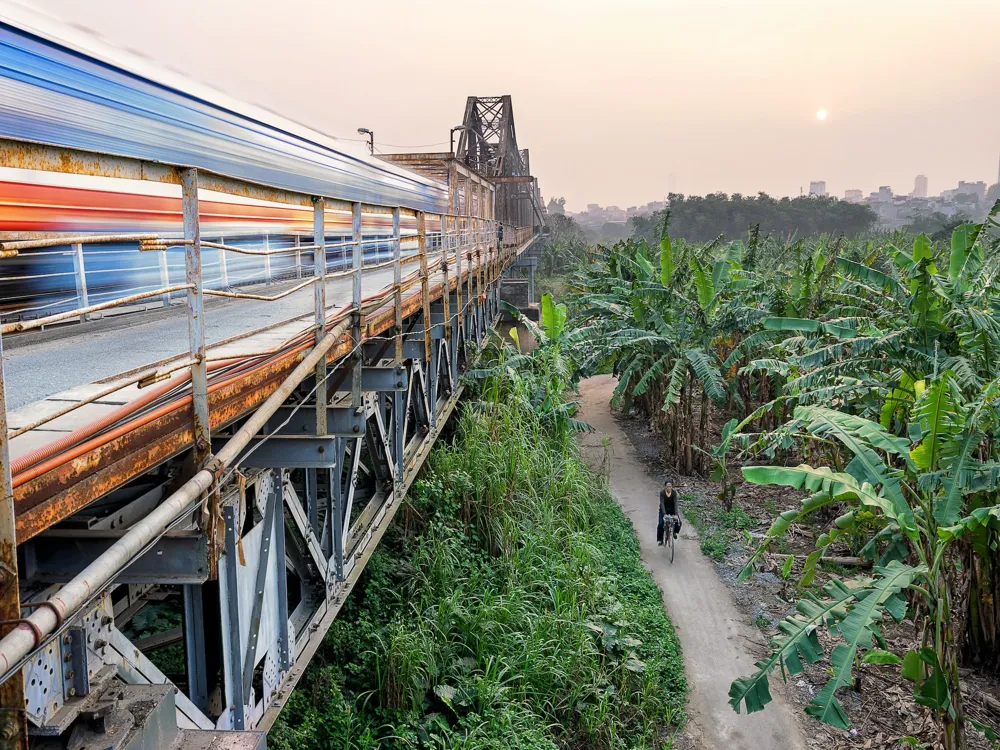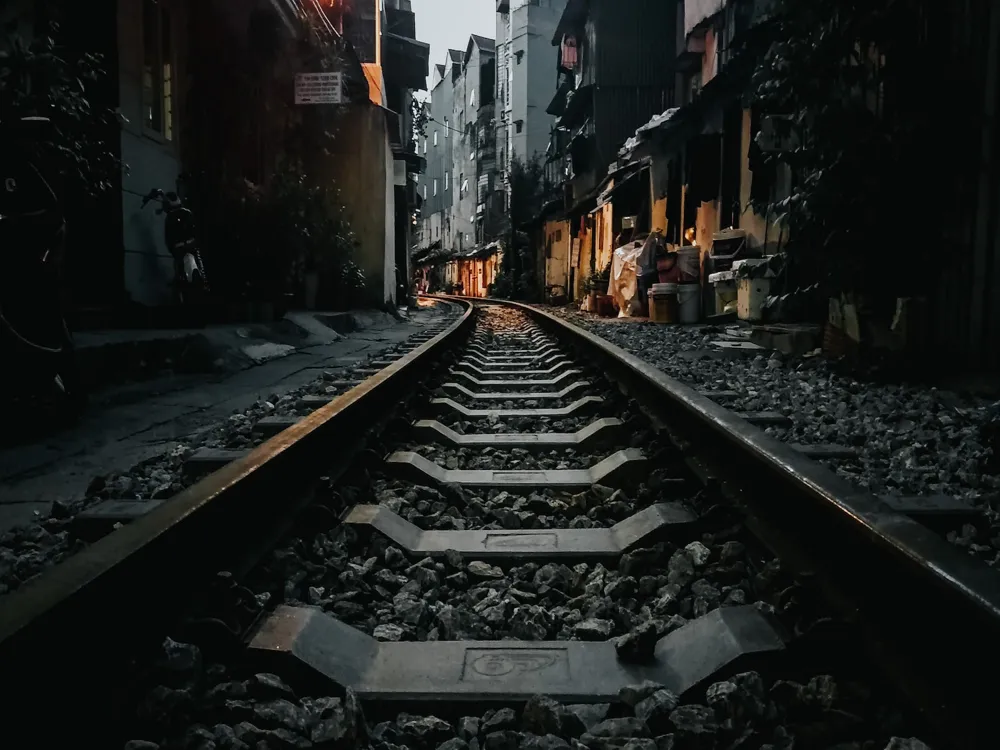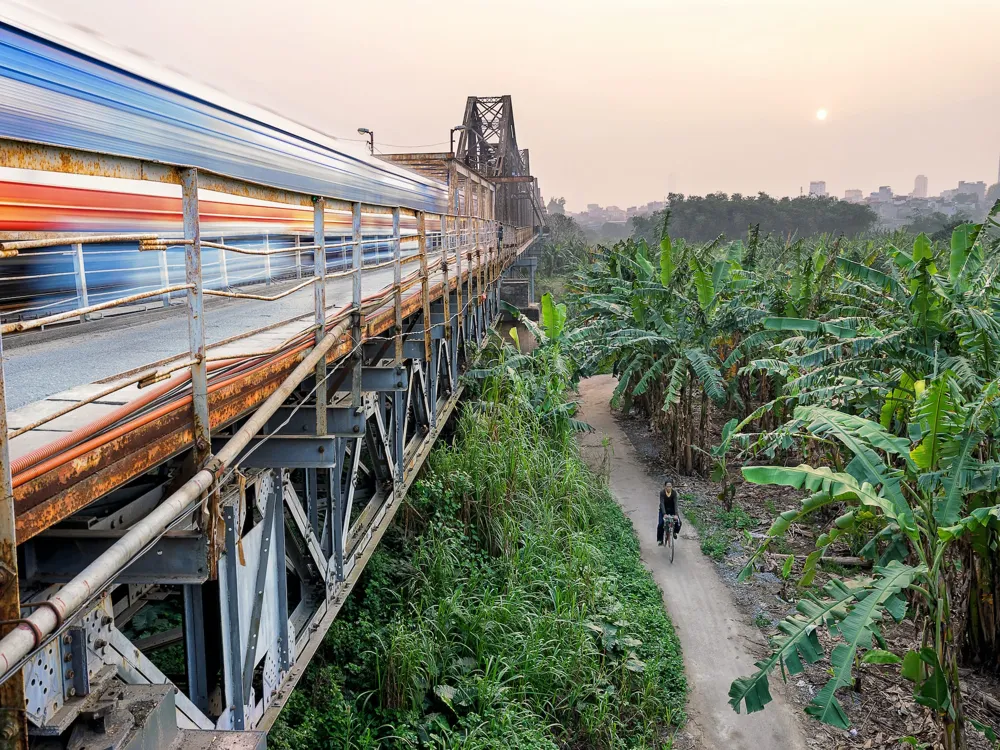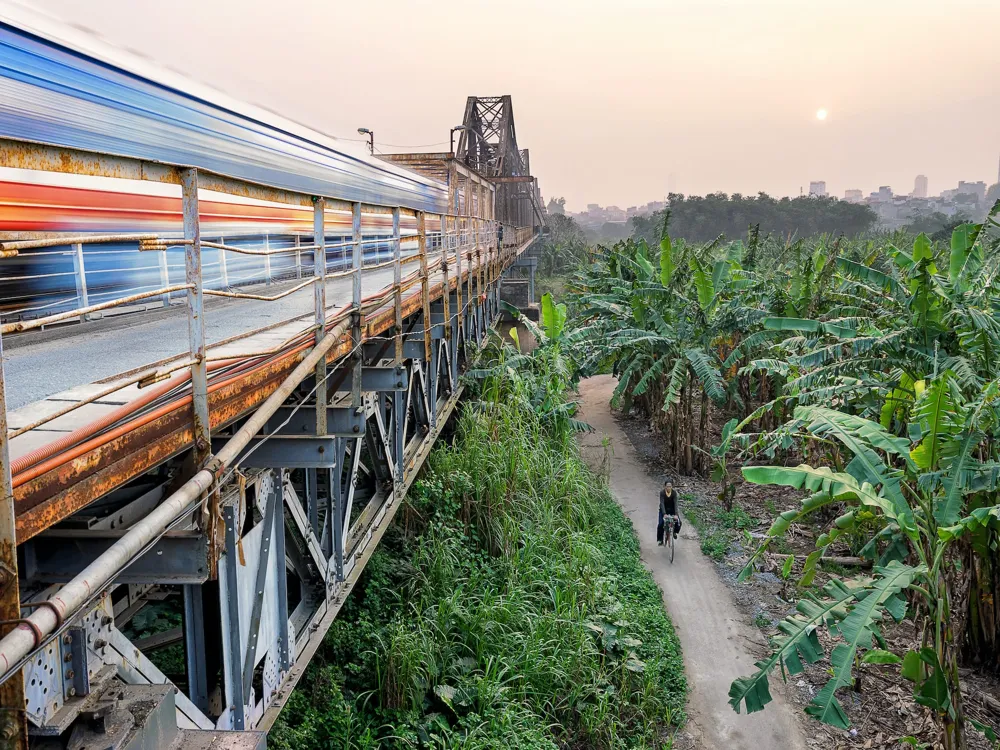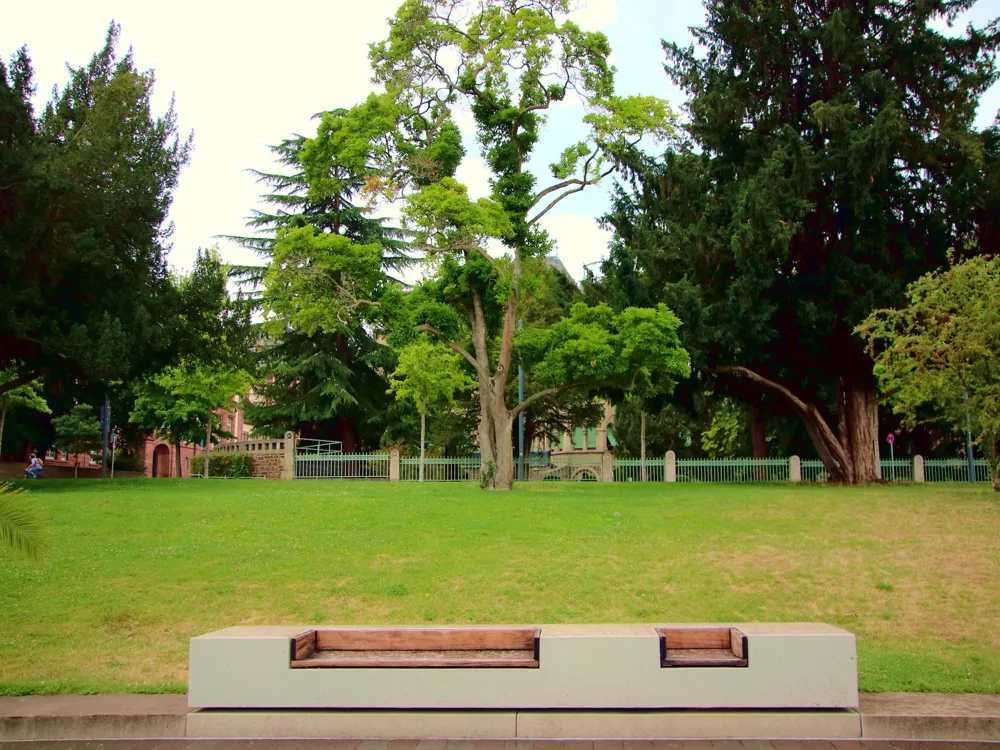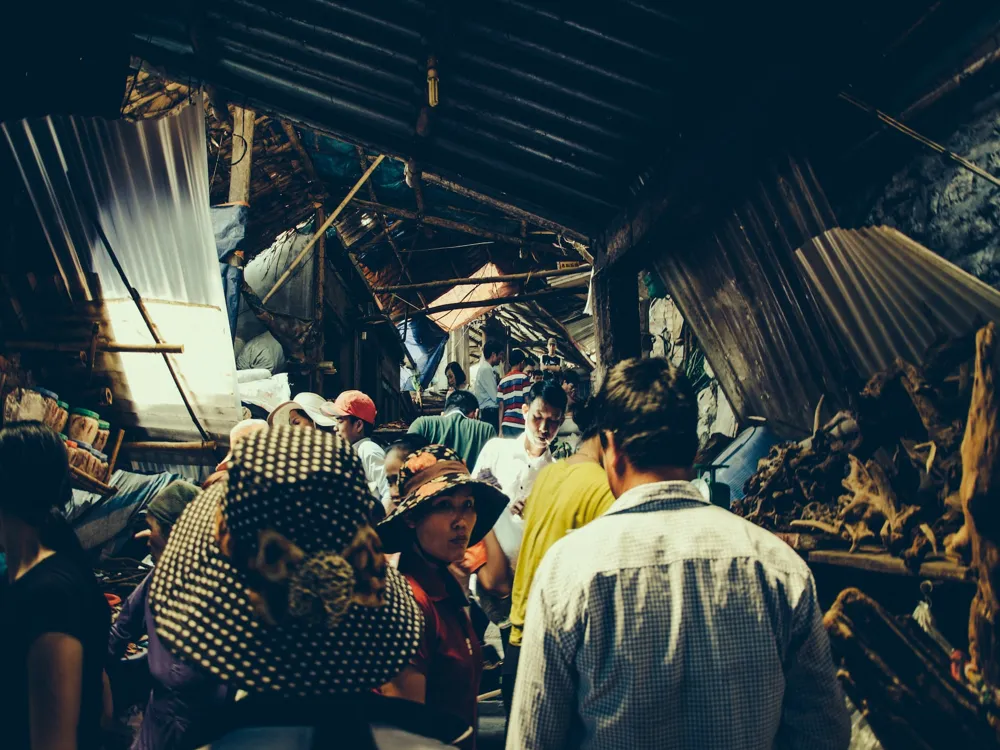Hanoi, the capital city of Vietnam, stands as a testament to centuries of history and cultural richness. This vibrant city, nestled on the banks of the Red River, is a harmonious blend of ancient traditions and modern development. Hanoi's history dates back over a thousand years, making it one of the oldest capitals in the world. From its early days as a small settlement to its current status as the heart of Vietnamese culture and politics, Hanoi's journey is a fascinating tale of resilience and evolution.
As visitors wander through the streets of Hanoi, they are greeted by a symphony of sights, sounds, and aromas. The city's architecture is a visual narrative of its past, with well-preserved colonial buildings, ancient pagodas, and modern skyscrapers coexisting in a unique urban tapestry. Hanoi's Old Quarter, with its narrow streets and traditional shophouses, is a living museum showcasing the city's rich heritage. Meanwhile, the French Quarter reflects the influence of French colonialism with its wide boulevards and grand villas, offering a stark contrast to the traditional Vietnamese architecture.
Hanoi's architecture is a mesmerizing blend of historical eras and influences, creating a cityscape that is both uniquely Vietnamese and strikingly diverse. The city's architectural journey began over a millennium ago, and each century has left its imprint on the city's design and aesthetics. The heart of Hanoi's architectural heritage lies in its Old Quarter, where traditional Vietnamese tube houses line the streets. These narrow, multi-storied buildings are a testament to the adaptation of the city's residents to historical urban constraints and reflect the communal spirit of Hanoi's inhabitants.
The French colonial era introduced a new architectural style to Hanoi, marked by elegant villas, grand public buildings, and wide tree-lined boulevards. These European-style buildings brought a touch of Paris to the East, blending seamlessly with the traditional Vietnamese structures. The Opera House, Presidential Palace, and St. Joseph's Cathedral are prime examples of this colonial legacy. In recent decades, Hanoi has embraced modern architectural trends, with contemporary skyscrapers and state-of-the-art facilities adding to the city's skyline. This architectural diversity not only symbolizes Hanoi's historical journey but also its dynamic future.
The ideal time to visit Hanoi is during the spring (February to April) and autumn (September to November) months. During these periods, the weather is pleasant, with milder temperatures and lower humidity, providing the perfect conditions for exploring the city.
Hanoi's traffic can be overwhelming for first-time visitors. The most convenient modes of transport are taxis and ride-hailing apps like Grab. For a more authentic experience, consider renting a bicycle or taking a cyclo (pedicab) ride, especially around the Old Quarter.
When visiting temples and pagodas, dress conservatively and remove your shoes before entering. It's also customary to donate a small amount when visiting religious sites. Showing respect to local customs and traditions will enrich your experience in Hanoi.
Hanoi is famous for its street food, but it's essential to eat at reputable stalls. Always drink bottled water, and be cautious with fresh fruit juices and salads. Food safety is crucial to avoid any health issues during your trip.
While Vietnamese is the local language, English is widely understood in tourist areas. Learning a few basic Vietnamese phrases can be helpful and is greatly appreciated by the locals.
Reaching Hanoi is convenient and accessible from various parts of the world. Noi Bai International Airport, located about 30 kilometers from the city center, is the primary gateway for international travelers. The airport is well-connected with major cities globally, offering both direct and connecting flights. For regional travel, Hanoi serves as a hub with a network of buses and trains connecting it to other major cities in Vietnam and neighboring countries. Upon arrival, visitors can opt for airport shuttles, taxis, or private car services to reach the city center, where the adventure in this fascinating city begins.
Overview of Hanoi
Architecture of Hanoi
Tips When Visiting Hanoi
Best Time to Visit
Transportation Tips
Cultural Etiquette
Food and Safety
Language and Communication
How To Reach Hanoi
Hanoi Opera House
Hanoi
₹ 15,260 onwards
View hanoi Packages
Weather :
Tags : Shows & Theatres
Timings : 8:00 AM - 11:00 PM
Entry Fee : Varies
Planning a Trip? Ask Your Question
Hanoi Travel Packages
View All Packages For Hanoi
Top Hotel Collections for Hanoi

Private Pool

Luxury Hotels

5-Star Hotels

Pet Friendly
Top Hotels Near Hanoi
Other Top Ranking Places In Hanoi
View All Places To Visit In hanoi
View hanoi Packages
Weather :
Tags : Shows & Theatres
Timings : 8:00 AM - 11:00 PM
Entry Fee : Varies
Planning a Trip? Ask Your Question
Hanoi Travel Packages
View All Packages For Hanoi
Top Hotel Collections for Hanoi

Private Pool

Luxury Hotels

5-Star Hotels

Pet Friendly







